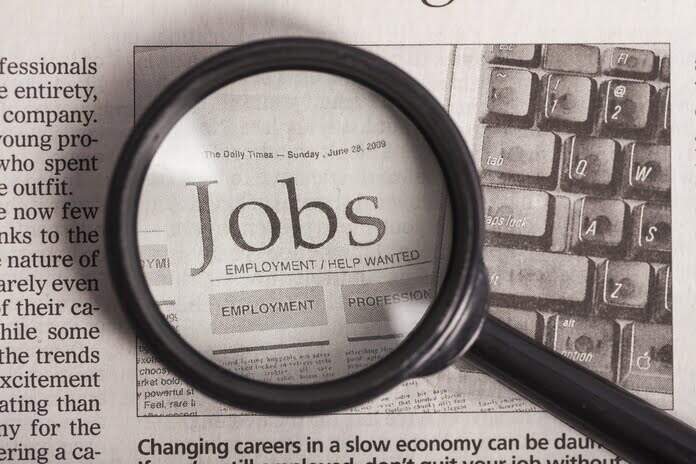In a recent report from the Labor Department, U.S. employers added a solid 199,000 jobs last month, signaling continued strength in the job market. The unemployment rate dropped from 3.9% to 3.7%, offering further evidence that the economy may be heading toward a sought-after “soft landing,” where inflation returns to the Federal Reserve’s 2% target without triggering a significant recession.
The report highlighted a steady decline in the unemployment rate, reaching 3.7%, just above the five-decade low of 3.4% in April. This marks nearly two years of the jobless rate remaining below 4%, the longest streak since the late 1960s.
It’s worth noting that the job gain for the month was influenced by the return of approximately 40,000 auto workers and actors who were on strike in October but resumed work in November.
Recent economic data, including the latest jobs report, suggests that the economy and the labor market are shifting back to pre-pandemic norms. Businesses are still hiring, but the urgency to fill a large number of positions has diminished. More Americans are rejoining the job market, and immigration has increased this year.
This shift has made it easier for employers to hire, reducing concerns about worker shortages and alleviating pressure to aggressively raise wages, which could contribute to inflation.
Robert Frick, an economist at the Navy Federal Credit Union, noted that the November report reflects a strong but moderating labor market, aligning with the Federal Reserve’s goals of slowing economic growth and inflation through recent interest rate hikes.
The average job gain over the past three months has slightly decreased, averaging just over 200,000 compared to about 320,000 in the same period last year. Last month’s job growth was concentrated in specific sectors, with the healthcare industry, hotels and restaurants, and governments accounting for the majority of the gains. Conversely, some sectors, including retail, shipping, warehousing, and temporary help agencies, saw job cuts.
Despite these shifts, the hiring gain raised the proportion of employed Americans to 60.5%, the highest level since the onset of the pandemic, though still below the pre-COVID level of 61.1%.
Wages continue to grow at a slightly slower pace, with average hourly pay rising 4% from a year earlier in November. This matches the previous month’s figure and exceeds inflation, supporting consumer spending.
Layoffs remain low, and the overall sentiment indicates a gradual transition into a cooler labor market. Employers, mindful of the challenges faced during the pandemic, are increasingly opting to transfer workers to different divisions rather than implementing layoffs.
The report is unlikely to prompt immediate changes in the Federal Reserve’s approach, as the central bank is expected to keep interest rates unchanged in its upcoming meeting. The Fed’s 11 rate hikes since March 2022 have led to more expensive mortgages, auto loans, credit cards, and business borrowing.
While some anticipate a potential rate cut in the future, the job market’s resilience suggests the Fed can maintain higher rates to combat inflation without immediate concerns about triggering a recession.
Recent economic indicators, such as fewer job openings and reduced job-switching by Americans, point toward a potential soft landing. Most economists expect a slowdown in growth and a continued decline in inflation, with the economy expanding at a more modest rate in the final quarter of the year.
Inflation has receded from its peak in June 2022, and the Fed’s preferred inflation measure indicates prices rising at a rate just above the central bank’s 2% target. The recent remarks by key Fed officials suggest ongoing discussions about the appropriate stance on interest rates, with considerations for potential rate cuts if inflation continues to fall. However, Fed Chair Jerome Powell has emphasized that it is premature to conclude the Fed has raised rates high enough to quell inflation, and discussions about rate cuts are premature.
Featured Image: Freepik @ BillionPhotos

















